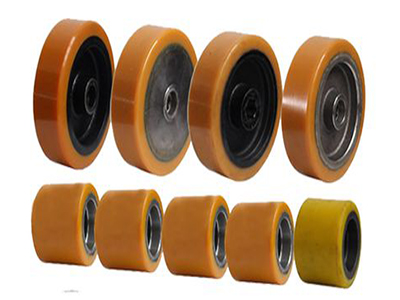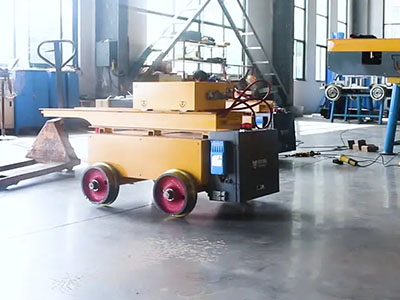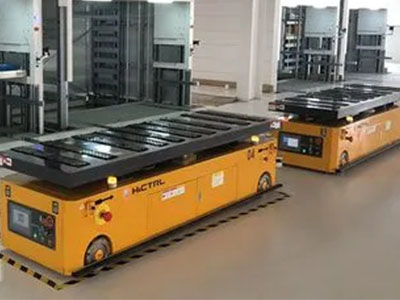Heavy Duty Polyurethane Wheels for AMHS
Automated Material Handling Systems(AMHS)are integral to modern manufacturing, logistics, and warehousing operations, facilitating the efficient and precise movement of materials and products. Within these systems, heavy-duty polyurethane wheels play a pivotal role in ensuring smooth and reliable operation. This article explores the significance of these wheels in AMHS and their key features.

Importance of Heavy Duty Polyurethane Wheels in AMHS
AMHS, including automated guided vehicles (AGVs), conveyors, and robotic systems, require components that can withstand high loads, repetitive cycles, and continuous operation. Heavy-duty polyurethane wheels meet these demands by offering superior performance characteristics that enhance the functionality and longevity of AMHS equipment.
Characteristics of Heavy Duty Polyurethane Wheels
1. Load Capacity: Polyurethane wheels are engineered to support substantial weights without deformation or failure, making them ideal for carrying heavy loads in industrial settings.
2. Durability: Polyurethane is known for its exceptional wear resistance, ensuring that the wheels maintain their integrity over prolonged periods and under rigorous conditions.
3. Smooth Rolling: The material properties of polyurethane result in low rolling resistance, which minimizes energy consumption and reduces the strain on motors and drive systems.
4. Vibration Absorption: Polyurethane wheels absorb vibrations, leading to quieter operation and reduced wear on other components within the AMHS.
5. Chemical Resistance: They are resistant to a variety of chemicals and oils commonly found in industrial environments, maintaining performance even when exposed to harsh substances.
6. Temperature Stability: Polyurethane wheels can function reliably across a broad temperature range, from cold storage facilities to hot industrial plants.

Applications in AMHS
• Automated Guided Vehicles (AGVs):
Polyurethane wheels are crucial for AGVs, ensuring stable and controlled movement through warehouses and factories.
• Conveyor Systems:
In conveyor systems, these wheels facilitate the precise and efficient transport of goods, reducing downtime and maintenance costs.
• Robotic Arms and Platforms:
For robotics involved in material handling, polyurethane wheels provide the necessary traction and stability for accurate positioning.
Selection Criteria for Heavy Duty Polyurethane Wheels
When selecting heavy-duty polyurethane wheels for AMHS, consider the following factors:
• Load Requirements: Ensure the wheels are rated for the maximum load they will carry.
• Floor Surface: Choose wheels compatible with the floor material to prevent damage and ensure smooth operation.
• Speed and Acceleration: Match the wheel design to the expected speed and acceleration rates to avoid slippage or wear.
• Environmental Conditions: Consider whether the wheels will be exposed to extreme temperatures, chemicals, or moisture, and select a material grade that can withstand these conditions.

Conclusion
Heavy-duty polyurethane wheels are indispensable components in Automated Material Handling Systems. Their strength, durability, and performance characteristics make them suitable for the rigorous demands of industrial automation. Investing in high-quality polyurethane wheels ensures that AMHS can operate efficiently, safely, and with minimal maintenance, ultimately contributing to increased productivity and cost savings for businesses.
By carefully selecting and integrating heavy-duty polyurethane wheels into AMHS designs, manufacturers can optimize their operations and gain a competitive edge in today's fast-paced industrial landscape.